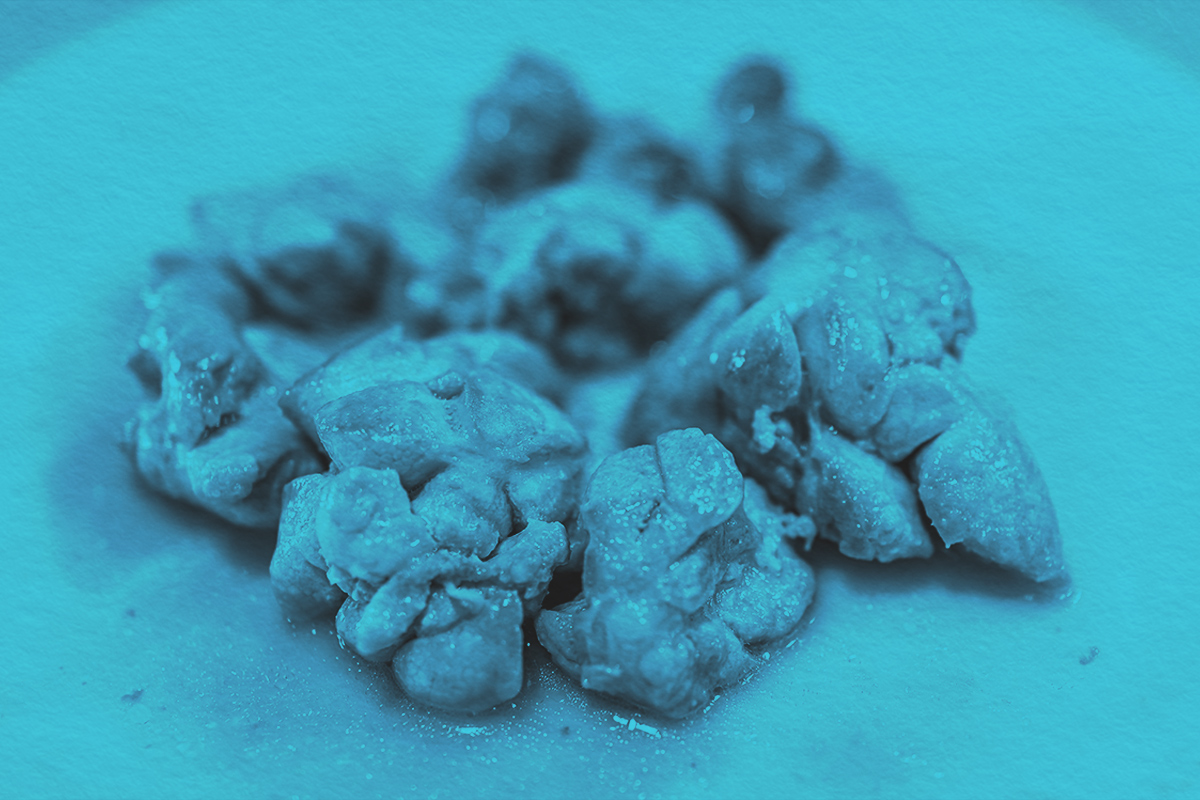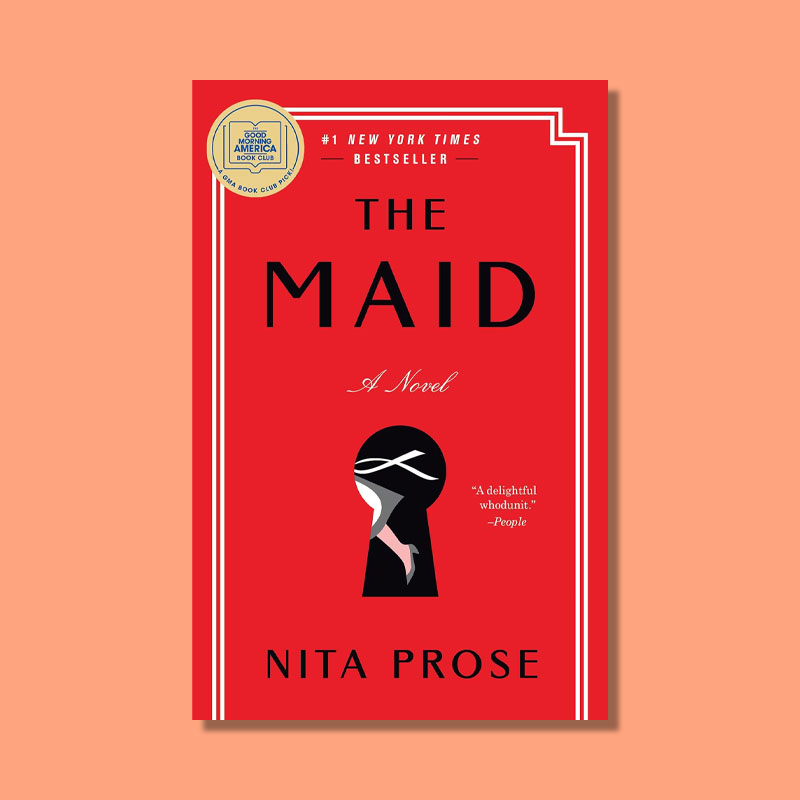An uninformed diner may get a surprise if they're expecting a decadent dessert by ordering "sweetbreads." What is this dish if it's not sweet or bread?
|
| Vocabulary |
|
Why is sweetbread neither sweet nor bread? | | An uninformed diner may get a surprise if they're expecting a decadent dessert by ordering "sweetbreads." What is this dish if it's not sweet or bread? | |  | Bennett Kleinman |
|
| |  | | T he word "sweetbread" may evoke images of a delicious pastry coated with icing, sugar, and plenty of sprinkles. But in reality, sweetbreads aren't much of an after-dinner treat. These culinary delicacies are uncommon in the United States, but they're popular throughout parts of Europe, the Middle East, and Latin America. Sweetbreads aren't to everyone's taste, though, so here's a little explainer before you order them off the menu.
The term "sweetbreads" refers to two glands harvested from calves or lambs — the thymus, near the throat, and the pancreas, near the stomach. Both are edible when cooked and have a mildly mineral, slightly sweet flavor. To prepare them to be eaten, sweetbreads are usually soaked in water or milk, blanched, and then grilled or fried before being topped with lemon and a garnish.
The first written record of the word is in the 1578 English book The Historie of Man. Author John Banister described the thymus as the "most pleasant to be eaten … the sweete bread." In this context, "bread" didn't refer to baked goods; it was a variant of the Old English bræd, meaning "animal flesh."
As for Banister's use of the word "sweete," he likely meant in comparison to other parts of the animal. While sweetbreads aren't dessert-sweet, they have a sweeter and more delicate flavor compared to other organ meats such as kidney and liver. If you're in the mood for an adventurous eating experience, sweetbreads may be worth trying. Just be aware of what you're ordering, because it certainly isn't anything close to a decadent cake. |
| | Continue reading | |  |
| |
Emoji Decoded | |  | | Smiling Face with Horns | | | Meaning: Represents a mischievous or naughty face with horns, often used to convey playful or flirtatious ideas.
Evolution: This emoji has evolved from a devilish symbol to a more playful icon. While it retains an association with mischief, it's now commonly used in flirtatious contexts.
Usage: [Text to a friend about weekend plans:] Ready to cause some trouble this Saturday? 😈 |
|
 | | Smiling Face with Horns | | | Meaning: Represents a mischievous or naughty face with horns, often used to convey playful or flirtatious ideas.
Evolution: This emoji has evolved from a devilish symbol to a more playful icon. While it retains an association with mischief, it's now commonly used in flirtatious contexts.
Usage: [Text to a friend about weekend plans:] Ready to cause some trouble this Saturday? 😈 |
|
| |
Have you read? | |  | | The Maid | | By Nita Prose | | There are now a few sequels by Prose, but we first meet the hotel housekeeper Molly Gray in this book when she is arrested for a guest's murder. Through the first-person narration, we know that Molly is a sweetheart who is dedicated to her job and almost certainly being taken advantage of by those who did commit the crime. Follow along to solve the murder mystery with Molly. | | | | Jennifer A. Freeman, Word Smarts Senior Editor | | | | We independently evaluate all recommended products and services. If you click on links we provide, we may receive compensation. |
|
 | | The Maid | | By Nita Prose | | There are now a few sequels by Prose, but we first meet the hotel housekeeper Molly Gray in this book when she is arrested for a guest's murder. Through the first-person narration, we know that Molly is a sweetheart who is dedicated to her job and almost certainly being taken advantage of by those who did commit the crime. Follow along to solve the murder mystery with Molly. | | | | Jennifer A. Freeman, Word Smarts Senior Editor | | | | We independently evaluate all recommended products and services. If you click on links we provide, we may receive compensation. |
|
| |
|
 |
|
| |
| Was this email forwarded to you? | |
Was this email forwarded to you? | | |
| | |
| | | |
|
|



0 comments:
Post a Comment